Barberry Thunberg "Natasha": description, planting and care
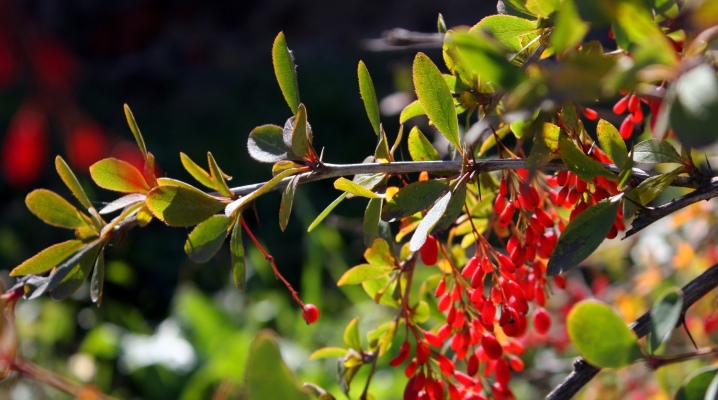
Barberry Thunberg is distinguished by its decorative appearance, it is often used in landscape design. A rather popular variety of this variety is "Natasha" with a dense, variegated crown. How to properly care for this plant?
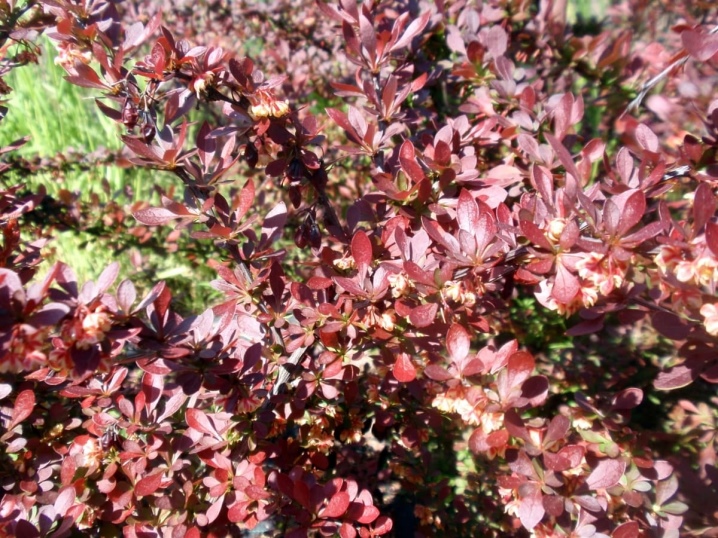
Peculiarities
Barberry Natasza is a tall, deciduous shrub, reaching a height of up to 2.5 m.At home, it grows about 1 m. You can add the following to its description:
- branches are ribbed, arcuate;
- the bark on the shoots is reddish-orange, with time it acquires a brown color;
- the leaves have a diamond-shaped oval or rounded shape, at the base they are wedge-shaped, and the top is rounded;
- from above the leaf plates are bright green, and the lower part has a bluish tint (when planted in the shade), pinkish-white with green blotches, reddish or edged (in the sun);
- in autumn the foliage turns red-yellow;
- petioles are short, 2-3 cm;
- the stems have sharp thorns;
- cream-colored buds, located on the shoots singly or form bell-shaped inflorescences;
- flowering occurs in May;
- in the middle of autumn, elongated fruits ripen, having a coral-red color.
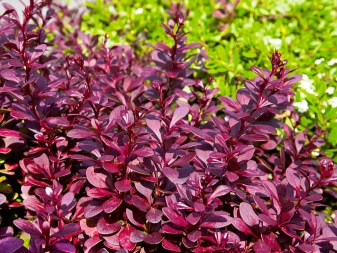
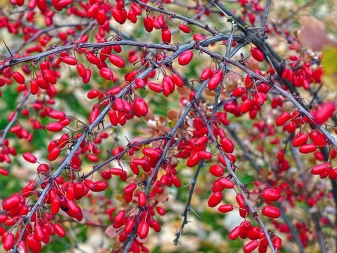
The variety of barberry "Natasha" gained its popularity due to its beautiful appearance, unpretentious cultivation and the fact that it easily gets along with other crops.
The main characteristics of the plant include: drought resistance, the ability to normally tolerate low temperatures down to -35 ° C, undemanding care.
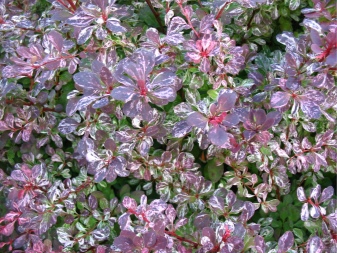

Growing
It is recommended to plant barberry "Natasha" in the fall, before the cold weather it manages to take root well, and with the onset of spring it begins to grow rapidly. You can plant in the spring, but always before bud break. If the bushes are planted solo, then the distance between them is maintained 1.5-2 m. Barberry Thunberg Natasza is characterized by unpretentiousness and good resistance to various factors.
But in order for the shrub to have a beautiful decorative appearance for a long time, it is still worth adhering to the rules of agricultural technology when cultivating it. The plant prefers neutral soil, but feels good in an area with high acidity. Optimal composition for planting: equal parts of garden soil, humus and sand. A ready-made seedling for planting is one that has strong roots and buds on the shoots.
The color of the leaf plates of the bush directly depends on the choice of the place: in the sun they are painted in red-yellow shades, while in the shaded areas the foliage of the bush is green.
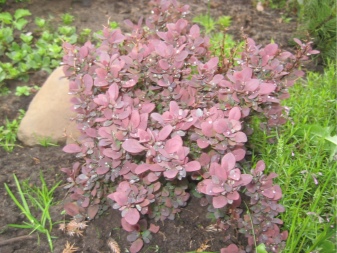
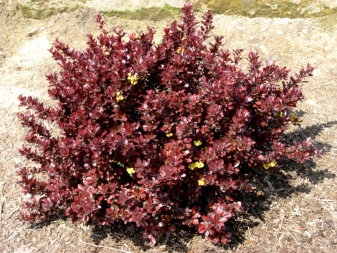
Planting in open soil is as follows:
- dig rather deep holes, about 50 cm deep;
- prepared soil mixture is poured into them;
- the seedling is placed in a recess, well spreading the roots;
- cover the roots with soil and tamp it well;
- the plant is watered.
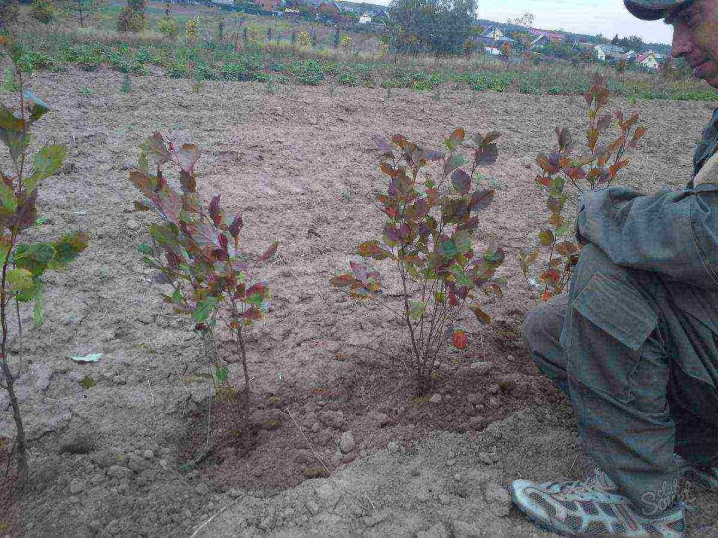
Shrub maintenance is fairly simple and not very difficult.
With periodic rains, the plant does not need to be moistened - it does not suffer from drought. In case of heat, watering is mandatory, using warm water for this purpose, which is brought under the root, avoiding moisture on the leaves. Seedlings must be watered regularly until well rooted so that the soil is constantly moist. It is necessary to ensure that excess moisture does not stagnate in the barberry, this can lead to the death of the bush.
To facilitate the care of the Natasha barberry, it is worth mulching the bush, for this they use peat or sawdust.
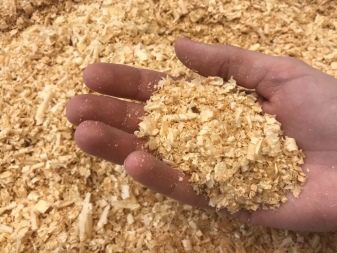
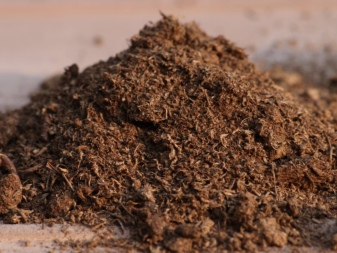
Top dressing should be applied every year, for this barberry, mainly nitrogen-containing fertilizers are used. If the shrub is grown for the sake of harvesting fruits, then you need to make phosphorus-potassium supplements. The best option for barberry Thunberg "Natasha" is fertilizer in liquid form "Kemira-Universal". They watered the soil around the plant in early summer.
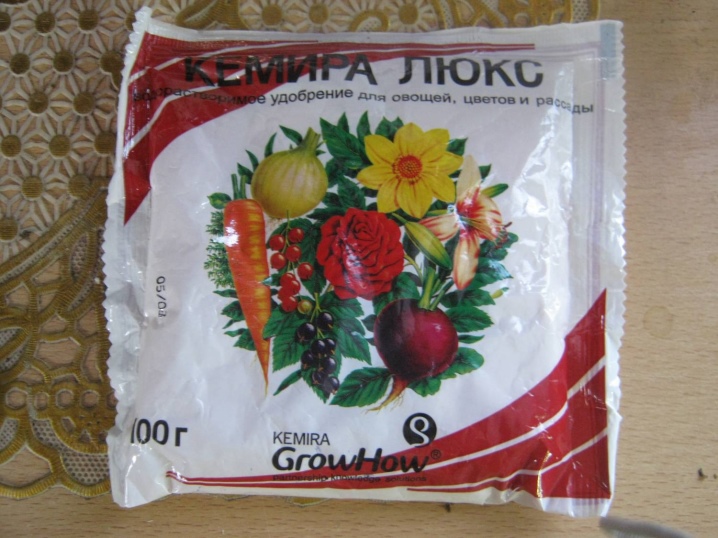
- Loosening the soil carried out periodically after watering or rain. Weeds are removed as they grow.
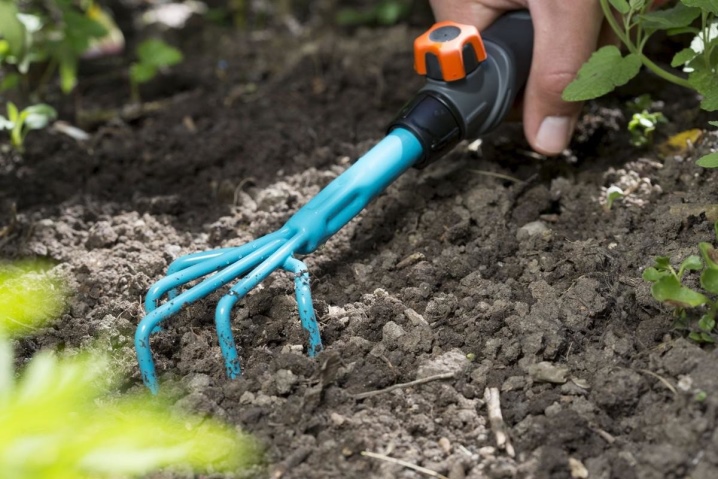
- Pruning it is rarely used, mainly it is used when necessary: if the shoot grows incorrectly or has a strong slope, and also cut off dried and damaged stems. The procedure is carried out in early spring.

Preparing for winter consists in mulching the soil with fallen dry leaves, and after the snow falls, they cover the lower part of the shrub. The bush can overwinter in an upright state, or you can bend it to the ground and fix it in this position.
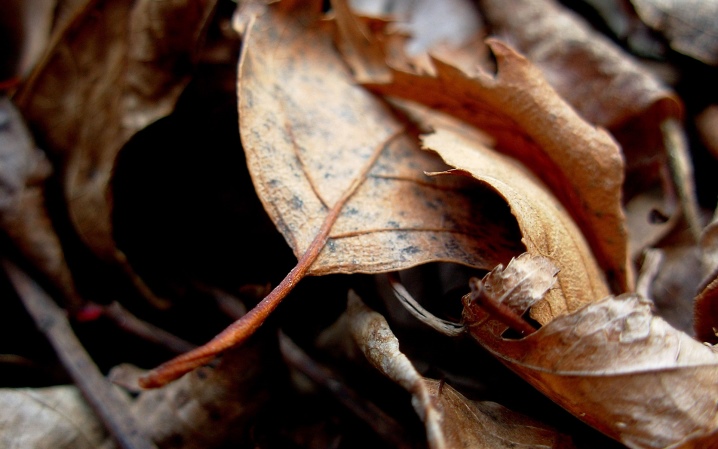
Diseases and pests
There are not too many insects damaging Thunberg barberry "Natasha", but among the main ones are aphids and moths. A strong soapy solution works effectively against aphids, and if there are a lot of pests, use "Aktara" or "Aktellik". When infected with a moth, the bush is treated with insecticidal preparations "Chlorophos" or "Decis". Of the diseases, barberry can affect:
- powdery mildew - a whitish bloom on the leaves, which is treated with a sulfur-lime solution, if the lesion is extensive, the diseased shoots are removed completely;
- spotting causes the appearance of spots on the sheet plates with their subsequent drying, an aqueous solution of copper oxychloride is used in the form of spraying;
- fungal diseases they provoke rot on the plant, the diseased parts are removed, and the rest of the plant is treated with fungicides;
- rust causes premature drying and falling of foliage, the shrub must be treated with Bordeaux liquid, in case of severe damage, the bush should be dug up and burned.
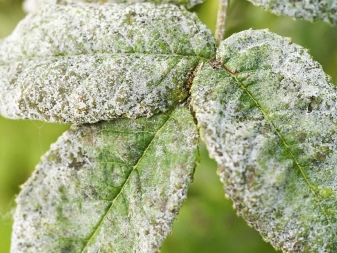
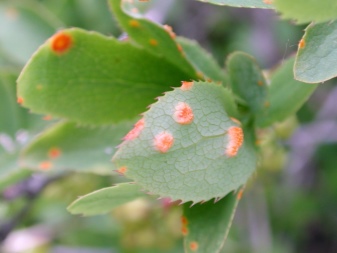
Reproduction
Thunberg barberry "Natasha" can be diluted in several ways:
seed;
cuttings;
layering;
dividing the bush.
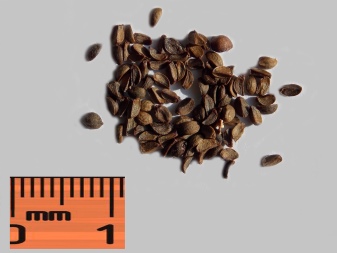
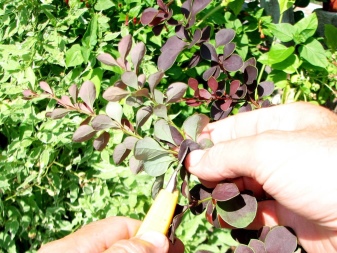
Seeds are planted in the soil in autumn 1 cm deep, in spring, when 2-3 leaves are formed, the sprouts are thinned out. After 2 years of growing, young bushes are transplanted to places of growth. In mid-July, cuttings are cut and kept for a couple of hours in root formers such as "Kornevin" or "Epin".
Then they are planted in greenhouses in a soil mixture consisting of soil, peat and humus, the sprouts are covered with a cut plastic bottle (for about 2 weeks), periodically opening for air access. After 2 years, the bushes can be replanted.
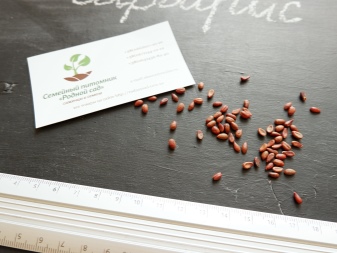
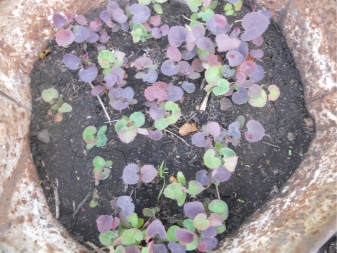
When propagating by layering in spring, a strong young shoot is deflected from the bush, fixed at the surface of the ground and sprinkled with soil. In autumn, the branch can already be separated from the mother plant and planted in its place of growth. Adult bushes 3-5 years old can be divided into several seedlings, which take root quite well separately. In the spring, a bush is dug up and divided into several parts, the cuts are sprinkled with crushed coal, the bushes are planted in prepared places.
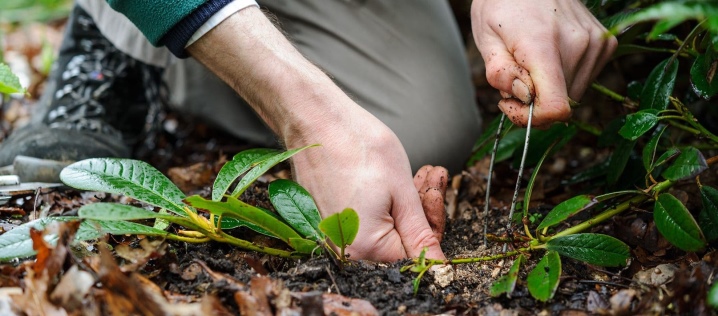
Use in landscape design
Most often, Natasha barberry is used for group plantings. The shrub looks great as a hedge or corners in the garden, where you can decorate the space near benches or alcoves.

The plant looks beautiful in combination with other shrubs.
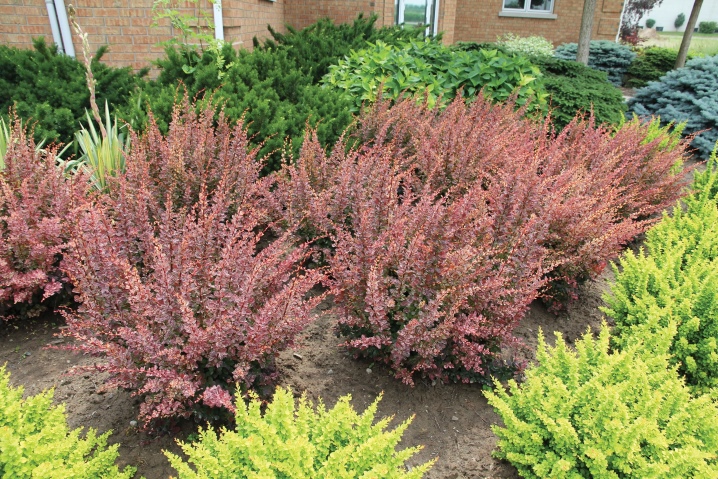
Review of the barberry Thunberg "Natasha", see below.



































































The comment was sent successfully.